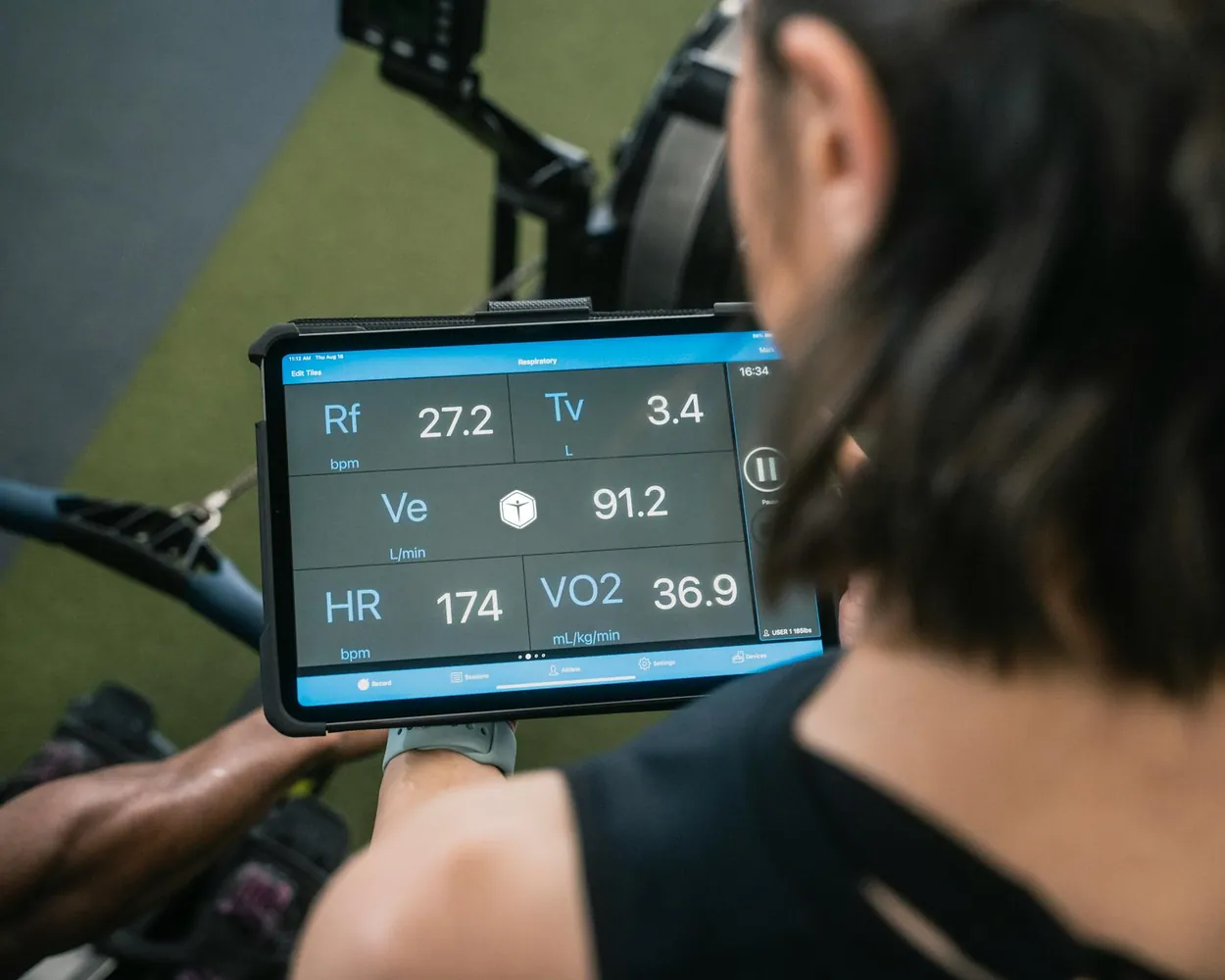Analyzing Successful Case Studies of Data Utilization in Sports Performance

The Role of Data in Modern Sports
The integration of data analytics in sports has revolutionized how teams and athletes prepare, compete, and strategize. The shift from traditional coaching methods to data-driven approaches allows for an unprecedented level of insight into player performance, game dynamics, and injury prevention.
While traditional coaching relies heavily on experience and intuition, data analytics offers a more objective lens through which decisions can be made. This is not to say that data should replace human judgment entirely; rather, it can complement and enhance decision-making processes. By examining successful case studies across various sports, we can better understand how data utilization can lead to improved outcomes.
Case Study: Moneyball and Baseball
Background
The concept of 'Moneyball,' popularized by the Oakland Athletics in Major League Baseball (MLB), is perhaps the most well-known example of data analytics in sports. The term originates from the title of Michael Lewis's book, which chronicled how the Athletics used sabermetrics to assemble a competitive team despite a limited budget.
Data Utilization Strategy
The Athletics focused on undervalued statistics that traditional scouting overlooked. Instead of relying solely on batting averages or home runs, they emphasized on-base percentage (OBP) and slugging percentage (SLG) to evaluate players. This approach allowed them to identify talent that was overlooked by other teams.
- Workflow: Identify undervalued metrics -> Analyze player performance data -> Acquire cost-effective players
The success of this approach prompted other teams to adopt similar strategies, forever changing how baseball teams are managed.
Trade-offs
While Moneyball demonstrated the efficacy of data analytics, it also highlighted potential trade-offs. Over-reliance on data could lead to undervaluing the importance of player chemistry or other intangible elements that contribute to team success.
Case Study: Basketball and Player Efficiency
The NBA's Analytics Revolution
In basketball, the use of analytics has transformed how teams evaluate player contributions. The introduction of advanced metrics such as Player Efficiency Rating (PER) and the Effective Field Goal Percentage (eFG%) provides deeper insights than traditional statistics like points per game.
Implementation
Teams like the Houston Rockets have famously adopted a strategy that prioritizes three-point shooting, layups, and free throws—essentially maximizing scoring efficiency based on statistical analysis.
- Workflow: Assess shot selection efficiency -> Adapt training focus -> Optimize team play strategies
This analytics-driven approach has helped teams refine their offensive strategies and player development programs.
Challenges
The challenge remains balancing analytics with traditional coaching insights. While data can guide player development, real-time decision-making during games still relies on coaches' expertise and experience.
Case Study: Soccer's GPS Technology
Tracking Player Movements
Soccer teams have embraced GPS technology to monitor players' physical performance during both training and matches. This technology tracks players' speed, distance covered, and positional data.
Benefits of GPS Monitoring
By analyzing this data, coaches can customize training regimens tailored to individual players' needs. For instance, if a player covers less ground than expected, conditioning routines can be adjusted accordingly.
- Workflow: Collect movement data -> Analyze physical performance metrics -> Adjust training plans
This method allows for targeted interventions aimed at enhancing endurance and preventing injuries.
Adopting Balance
The trade-off is ensuring that technological monitoring does not overshadow the development of technical skills. An overemphasis on physical data can lead to neglecting critical aspects like ball control or tactical awareness.
The Future of Data in Sports
The future promises further integration of AI and machine learning in sports analytics. Predictive models will become increasingly sophisticated, offering deeper insights into potential outcomes and injury risks.
A balanced approach where data supports rather than dictates coaching decisions will likely yield the best results. As technology advances, maintaining this balance will be crucial for sustained success.
Practical Framework for Data Integration
- Define Objectives: Clearly outline what you aim to achieve with data analytics (e.g., improving team performance, reducing injuries).
- Select Appropriate Tools: Choose analytics tools and technologies that align with your objectives.
- Develop a Data Collection Plan: Establish protocols for gathering relevant data consistently and accurately.
- Analyze and Interpret Data: Utilize statistical methods to extract meaningful insights from raw data.
- Implement Insights: Integrate findings into practical applications within training and strategy development.
This framework provides a roadmap for teams looking to harness the power of data while respecting the foundational elements of sportsmanship and coaching wisdom.
